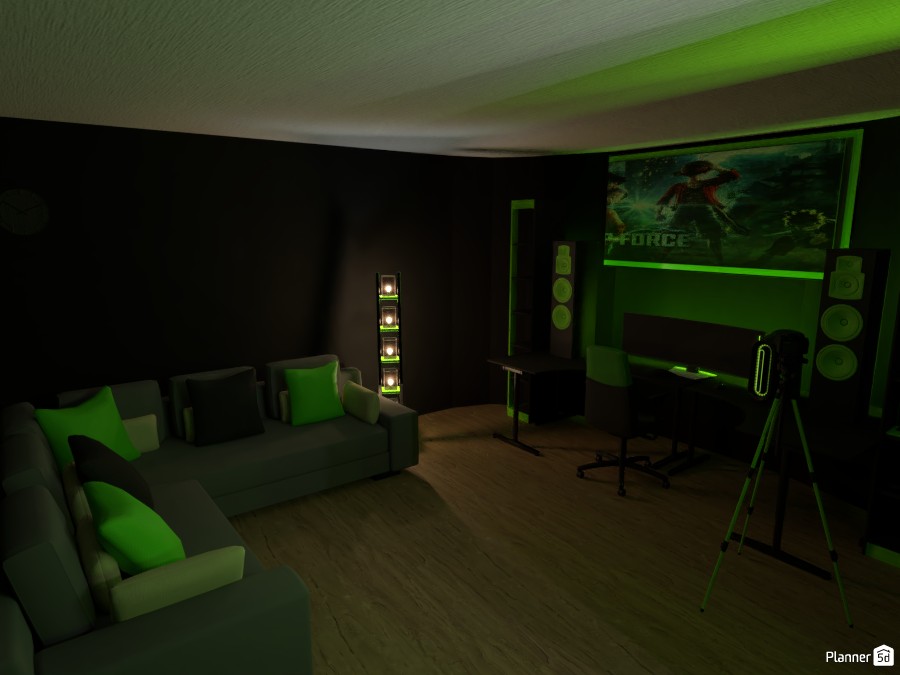
However, Hitler had developed other plans when constructing his Ardennes Offensive. It was a long-held belief that the area was ill-suited for any sort of open warfare and the Allies utilized this feeling and the surrounding terrain to concentrate critical forces to the fighting elsewhere along the Front. The reason for this thin grouping of support was largely explained by its location, this in the thick of the seemingly impenetrable Ardennes Forest. In between the two concentrated forces lay a thin line of some 80,000 Allied troops.


While the Canadian and English forces succeeded in taking the critical port-city of Antwerp from the Germans, the Americans shored up the battle lines and were now targeting the ever-important Rhone River with German territory just beyond.

By the end of 1944, the Allied advance across Europe was such that the front was held in check at its ends by two large armies - the Canadians and English to the North and the Americans and General Patton to the south.


 0 kommentar(er)
0 kommentar(er)
